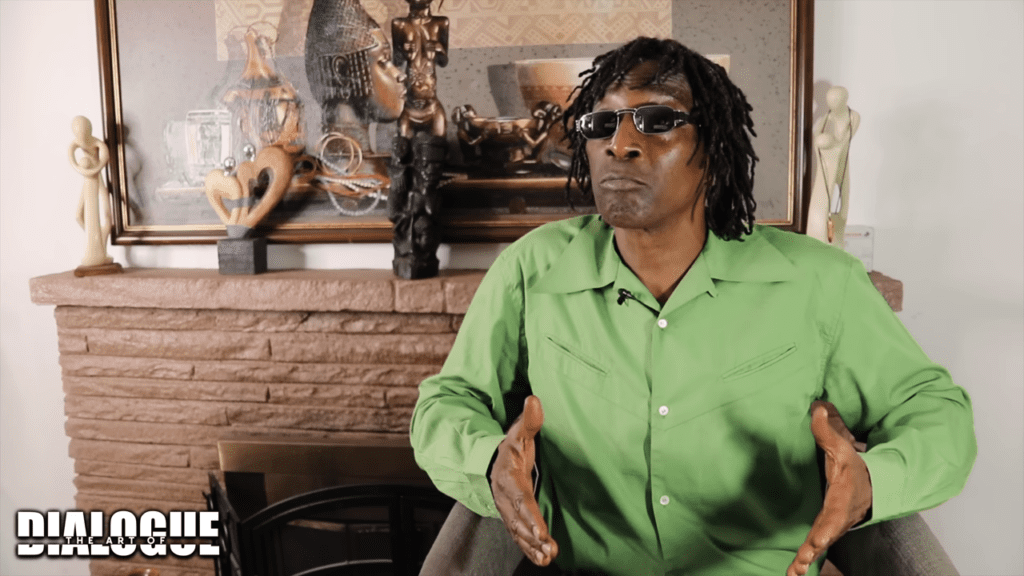In the tumultuous world of 1990s hip-hop, few rivalries burned as fiercely as that between Tupac Shakur and the East Coast. The feud, famously dubbed the East Coast-West Coast rivalry, reached a tragic climax with the deaths of Tupac and The Notorious B.I.G. (Biggie). While speculation and rumors swirled for years, a chilling prison letter from Tupac sheds new light on the events leading to the conflict.

The backdrop to the infamous feud was set at Quad Studios in New York City. Tupac, known for his soulful artistry, ventured to the East Coast to collaborate with fellow artists. However, a fateful encounter at the studio would change everything. Tupac found himself embroiled in an altercation, culminating in a shooting that left him wounded and deeply suspicious of those around him.
The incident fueled Tupac’s growing animosity toward figures like Biggie and Sean “Puffy” Combs, known as Puff Daddy at the time. Tupac’s letter, smuggled out of prison, revealed his belief that figures from the East had betrayed him, leading to his allegiance shift toward the West Coast.
Despite the rift, there were nuances to the story often overlooked. Biggie, Tupac’s friend, was portrayed as sincere in his friendship, unaware of the impending danger. Meanwhile, Puffy’s attempts at reconciliation, such as proposing joint advertisements, were rebuffed, adding fuel to the fire.
As tensions escalated, the rift between East and West widened. Tupac’s letter, starting with “West Side Up,” symbolized his allegiance and marked the beginning of a vocal campaign against his former associates.
In hindsight, the tragedy that unfolded was not solely a result of personal animosity but also larger societal forces at play. The rap industry’s competitive nature, intertwined with issues of ego, loyalty, and territorialism, laid the groundwork for the deadly conflict.
While Tupac’s letter offers insight, it also serves as a reminder of the human toll of such feuds. Lives were lost, families shattered, and a generation of artists forever changed by the violence.
As the legacy of Tupac and Biggie endures, so too does the cautionary tale of the East Coast-West Coast rivalry. It stands as a somber reminder of the consequences of unchecked egos and unresolved conflicts in the world of hip-hop.







